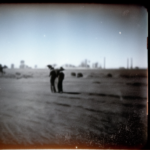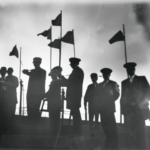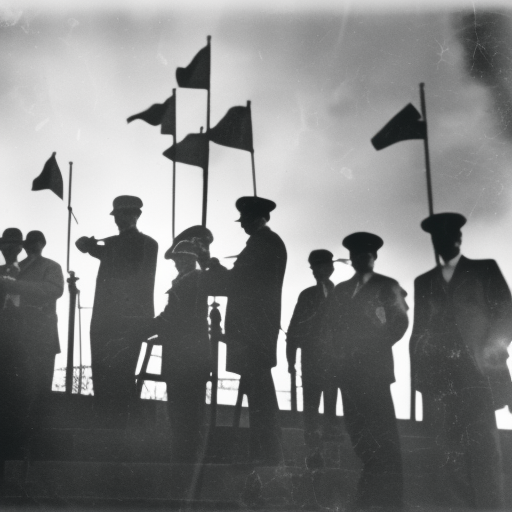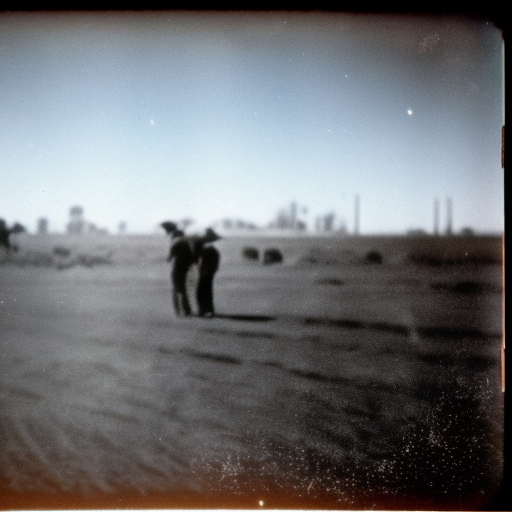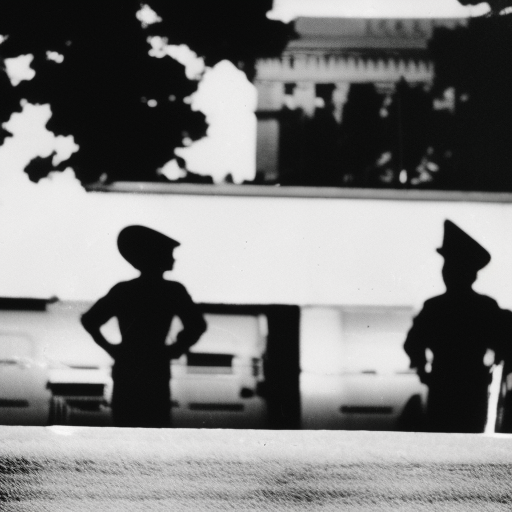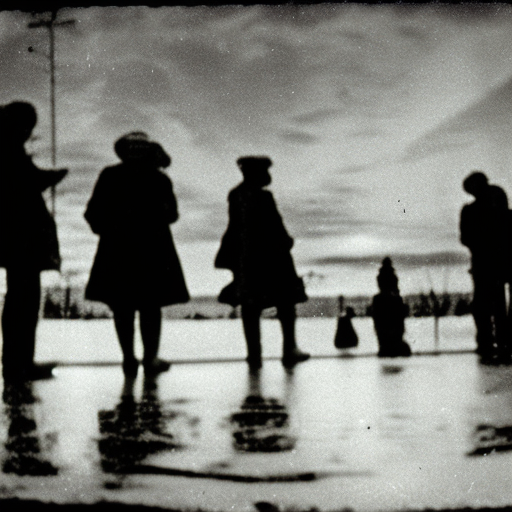The Anti-Masonic Party: A Brief Summary
The Anti-Masonic Party was a short-lived political party in the United States during the early 19th century. It emerged in response to the mysterious disappearance and presumed murder of William Morgan, an ex-Mason who threatened to expose the secrets of the Freemasons. The party’s formation marked the first time in American history that a political party was organized around a single issue.
Origins and Rise of the Anti-Masonic Party
The origins of the Anti-Masonic Party can be traced back to the events surrounding William Morgan’s disappearance in 1826. Morgan had announced his intention to publish a book revealing the secrets of Freemasonry, a secretive fraternal organization. However, before he could do so, Morgan was abducted and never seen again. Many suspected that his disappearance was orchestrated by Masonic members who wanted to prevent their secrets from being exposed.
The incident sparked public outrage and led to the formation of the Anti-Masonic movement. Initially, the movement was focused on seeking justice for Morgan and exposing the alleged corruption within the Masonic fraternity. However, it quickly evolved into a broader political movement that sought to challenge the influence of secret societies in American society.
Political Platform and Impact
The Anti-Masonic Party’s political platform was centered around three main principles: opposition to secret societies, support for religious liberty, and a call for political reform. The party believed that secret societies, particularly the Freemasons, posed a threat to democracy and individual freedoms. They argued that the secrecy and exclusivity of these organizations undermined the principles of transparency and equality.
The party’s opposition to secret societies resonated with many Americans who were suspicious of the influence of powerful elites. The Anti-Masonic Party quickly gained support, particularly in the northeastern states. In the 1828 presidential election, the party nominated William Wirt as their candidate, making it the first third-party to nominate a presidential candidate in American history.
Although Wirt did not win the election, the Anti-Masonic Party had a significant impact on American politics. It introduced new campaign techniques, such as the use of nominating conventions and party platforms, which would later become standard practices in American politics. The party also played a role in the formation of the Whig Party, as many Anti-Masonic Party members eventually joined the Whigs.
Decline and Legacy
The Anti-Masonic Party’s influence began to wane in the 1830s. As the party expanded its platform to include other issues, such as opposition to President Andrew Jackson and his policies, it lost its original focus on secret societies. Additionally, the emergence of other political parties, such as the Whigs and the Democrats, divided the Anti-Masonic Party’s support base.
By the mid-1830s, the Anti-Masonic Party had largely dissolved, with many of its members joining other political parties or movements. However, its impact on American politics should not be underestimated. The party’s focus on political reform and opposition to secret societies laid the groundwork for future political movements that sought to challenge established power structures.
In conclusion, the Anti-Masonic Party emerged in response to the mysterious disappearance of William Morgan and quickly evolved into a broader political movement. The party’s opposition to secret societies and its call for political reform resonated with many Americans, leading to its significant influence on American politics. Although short-lived, the Anti-Masonic Party left a lasting legacy in the form of new campaign techniques and the challenge to established power structures.
